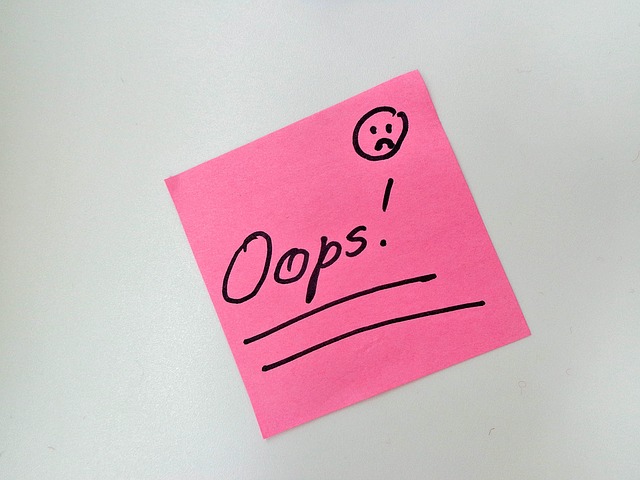Thanks to a publisher’s error, a group of infectious disease researchers has experienced a double negative for their 2020 article on tick-borne illness in South Africa.
The paper, “Serum-free in vitro cultivation of Theileria annulata and Theileria parva schizont-infected lymphocytes,” appeared in Transboundary and Emerging Diseases, a Wiley title. The authors were affiliated with institutions in Europe, Africa, the Middle East and the United States.
Earlier this year, the authors corrected their article. The notice, dated May 26, reads:
In this article, (Zweygarth et al., 2020) the authors would like to make the following correction to a sentence published in section 2.1 Theileria spp. schizont-infected cell lines, 2nd paragraph on page 36, so that it reads: ‘‘All T. parva-infected cell lines originated from South Africa. The T. parva cell cultures 9656 and 9620 were kindly provided by Ms Boitumelo Maboko of the Onderstepoort Veterinary Institute (OVI). They were previously initiated at the OVI from the blood of calves on which ticks collected in 2017 at a cattle farm in KwaZulu-Natal province had fed. Cell culture 8160 was established in 2007 from the blood of cattle infested with Rhipicephalus zambesiensis adult ticks that had fed as nymphs on a carrier animal infected with the buffalo-derived Hluhluwe 3 isolate (Potgieter et al., 1988)’’.
This sentence replaces the original sentence, which was: ‘‘All T. parva-infected cell lines originated from South Africa. They were previously established at the Onderstepoort Veterinary Institute (OVI) by feeding ticks collected in a KwaZulu-Natal private game reserve in 2017 at the OVI on calves. Blood from these calves was used to initiate T. parva cell cultures 8160, 9596 and 9620’’.
The citation for the newly added Potgieter et al, (1988) article is given as: Potgieter FT, Stoltsz WH, Blouin EF, Roos JA. Corridor disease in South Africa: a review of the current status. J S Afr Vet Assoc. 1988 Sep;59(3):155–60.
The authors apologize for this error.
But the journal printed the notice twice — prompting the following retraction:
The above Corrigendum, published online on 26 May 2021 in Wiley Online Library (wileyonlinelibrary.com), has been retracted by agreement between the journal’s Editor-in-Chief, Professor Michael Ward, and Wiley-VCH GmbH, Weinheim. The retraction has been agreed as, due to publisher error, a duplicate version of the same Corrigendum has been published in the same issue (https://onlinelibrary.wiley.com/doi/10.1111/tbed.14079). The publisher apologizes for this error.
We emailed the editor of the journal and received a reply from Leah Webster, the senior journals publishing manager at Wiley, who told us:
The journal’s production team mistakenly published two versions of the same correction. One version of the correction has since been retracted to correct this error.
Update, 10/15/21, 1600 UTC: Corresponding author Ard Nijhof, of the Freie Universität Berlin, tells us:
I don’t have much to say about this retraction, the journal accidentally published our corrigendum twice and therefore had to retract one of them. Other than the actual mix-up, I have to say that they handled the retraction professionally, so it hasn’t been very frustrating to us.
Like Retraction Watch? You can make a one-time tax-deductible contribution or a monthly tax-deductible donation to support our work, follow us on Twitter, like us on Facebook, add us to your RSS reader, or subscribe to our daily digest. If you find a retraction that’s not in our database, you can let us know here. For comments or feedback, email us at [email protected].
